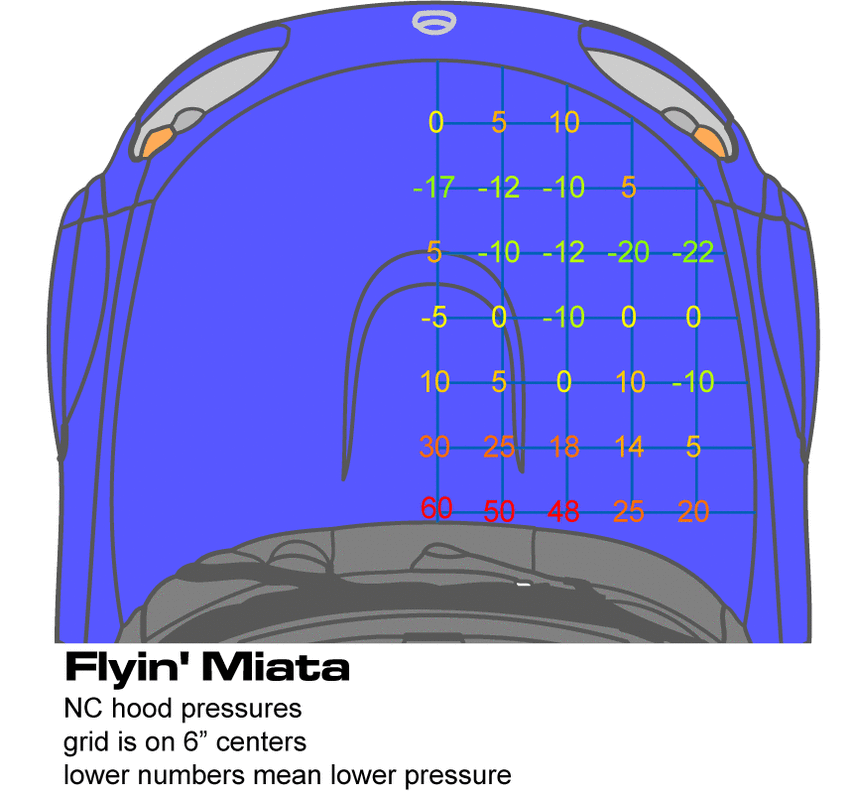Up until now, there hasn't been any ducting or baffling to my radiator /intercooler stack. It hasn't been a problem but the car also has only seen autocross and hillclimb conditions with short duration runs, and I do plan on going to the track this year. I have noticed that even in TX summer, it was ok in traffic and stop go, around town, but above around 45-50mph, the temps would climb a bit (but not to the point of overheating).
Front view. Cosworth grill gives an opening in the top, plus the slot above the bumper. Below the crash bar there are the other two openings.

Here you see the worst of the problem, the majority of the side of the cooling stack is just.. open. My theory has been that the resistance of two heat exchangers stacks the air up in front and it just goes around.

This is the planned oil cooler location, behind the Intercooler, but above the radiator, biased towards the 'cold side'.
If anyone has a suggestion for a better location, let me know. In terms of mounting and access to flow, this seemed to make the most sense to me.

I don't have a good photo of it, but there's the main crash bar, and then part of the grill / front structure (can be seen behind the bumper two pictures down), which are at two separate levels on the bottom side, both are C-sections facing aft. I plan on covering them like you see with the cardboard, but shaped more like the green drawn line. Most of the rest of the structure is planned to be flat plates on the sides, sealed together.

Front upper thoughts, cutouts are for the grill structure supports. Would seal to the backside of the grill otherwise.

With the grill on, through the opening. Sealing the top of the IC to the core support except where the oil cooler is.

The bottom edge would get an angled plate to seal it to the bottom of the bumper and the radiator, meeting up with the sides. (poorly drawn in green over the photo here).

Does this seem like a good plan?
Does anyone have any suggestions?
may do the first iteration with the flat plates and seal the edges, and try to "duct" things better on a second iteration down the line.

















































